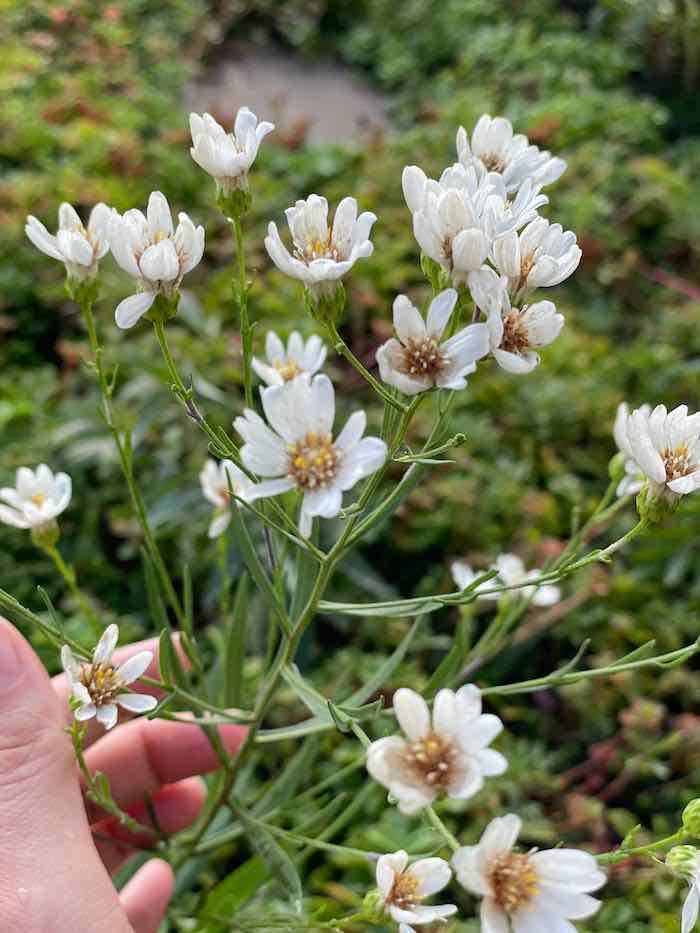A Look Into The Proactive Trend Of Street Gardening

As cities, towns, and populations all around the world continue to develop and expand on a daily basis, so the natural world that surrounds us is polluted, destroyed, pushed back, and gradually removed from our lives. Sometimes trees and natural areas such as parks, are factored into the planning of new neighbourhoods and districts, though sometimes not. Sometimes it depends on the wealth or class of the area. More people are also living in flats and townhouses nowadays, often renting, and so generally not much thought is given to gardening and nature, especially out on the streets.
Inspiring A New Sense Of Eco-Awareness & Community
With climate change and a list of other issues becoming ever more a real threat to the natural world, as well as future generations of humanity, great awareness has been placed, once again, back on environmentalism.
Street gardening is a social media trend that was started by various landscapers, gardeners, architects, and everyday citizens, around the world in the mid 2010s. The short-term goal is to simply encourage people to take it upon themselves to beautify the neighbourhoods they live in. This can help to create a more cohesive sense of community and bring back some much-needed nature into urban environments. The long-term goal, however, is to gradually lessen the carbon footprint of the area.
Not Just A Drop In The Ocean
Often people tend to get put off with the sheer scale of the task ahead. One street garden here or there might be nice but will ultimately make little difference. As a trend however, and one amplified by the viral nature of social media, the hope is that the trend will grow and spread. With more people doing, particularly in densely populated urban centres, it could potentially create a huge positive impact.
Street Gardening Misconceptions & Etiquette
While street gardening is generally a harmless, and positive, activity for citizens and communities to engage in, there are some things to consider before going out and doing it.
First of all, it is not a license to do what you want. Not all properties and pieces of land are clearly marked, and you should be careful not to intrude on private property. Sometimes it’s best to make enquiries with your municipality or town council.
Secondly, be reasonable. Don’t plant things that require lots of water and attention, unless of course, you plan to maintain it. Plants that thrive without the need for frequent gardening but also look nice, like lavender and nettle, are often good choices. Also be wary of obstructing important street utilities, e.g., don’t plant next to a fire-hydrants, or utility boxes, etc.
Thirdly, unlike playing on mobile roulette apps, street gardening should be seen as a communal venture. Don’t try and take ownership of any street gardens you’re setting up, and if other people have differing ideas, always try to solve it through civil discourse first.
And lastly, street gardening is not guerrilla growing. It should always be done in the open, and for the benefit of one’s neighbourhood and community at large. If what you are doing is going to upset your neighbours and authorities. The rather don’t.


